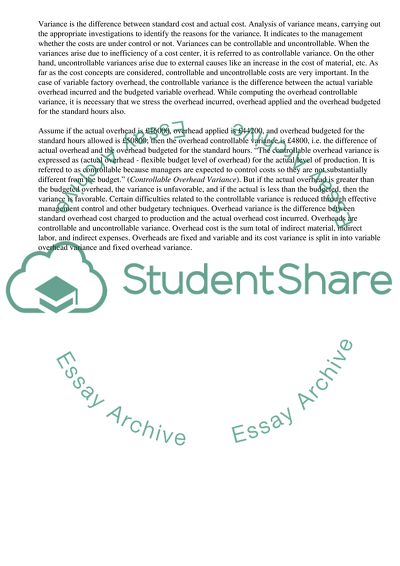Cite this document
(Managerial Control Techniques and Auditing Assignment, n.d.)
Managerial Control Techniques and Auditing Assignment. Retrieved from https://studentshare.org/management/1543367-management-control-and-audit
Managerial Control Techniques and Auditing Assignment. Retrieved from https://studentshare.org/management/1543367-management-control-and-audit
(Managerial Control Techniques and Auditing Assignment)
Managerial Control Techniques and Auditing Assignment. https://studentshare.org/management/1543367-management-control-and-audit.
Managerial Control Techniques and Auditing Assignment. https://studentshare.org/management/1543367-management-control-and-audit.
“Managerial Control Techniques and Auditing Assignment”, n.d. https://studentshare.org/management/1543367-management-control-and-audit.


